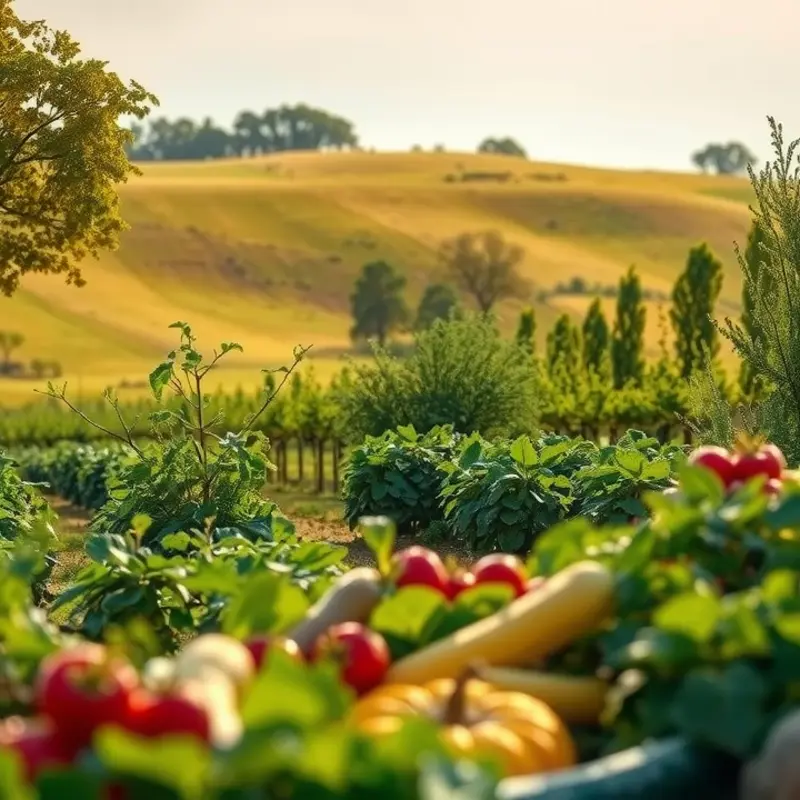Food contamination is a serious concern that affects health and safety. Proper food management at home can significantly reduce the risk of contamination, help minimize waste, and improve overall food quality. By implementing simple, practical tips for safe food storage and handling, households can ensure that their meals are both nutritious and safe to consume.
Smart Storage Solutions to Prevent Contamination

Proper food storage is a cornerstone of preventing contamination and ensuring the safety of the food we consume. Refrigerators, pantries, and food prep areas must be meticulously organized to keep harmful bacteria at bay and maximize food freshness.
Organizing Your Refrigerator
To begin with, your refrigerator should be set to a temperature of 37°F (3°C) to discourage bacterial growth. Store raw meats on the bottom shelf to prevent their juices from contaminating other foods. Use separate containers with tight lids for leftovers. Additionally, regularly check and clean your refrigerator to remove expired or spoiled items.
Clear, consistent labeling is essential for optimal food safety. Use labels with dates to keep track of when food was prepared or purchased. Maintain a “first-in, first-out” system for both the fridge and pantry. This way, older items are used before newer ones, which helps in reducing waste and preventing spoilage.
Efficient Pantry Organization
In the pantry, dry goods should be stored in airtight containers to protect them from moisture and pests. Keep spices and seasonings in a cool, dry area since humidity can lead to clumping and spoilage. Use clear containers to easily identify contents, reducing the likelihood of cross-contamination and ensuring that you don’t unnecessarily open containers, which can introduce contaminants.
Low-acid canned foods, such as meats or vegetables, generally have a shelf life of two to five years. However, high-acid foods, such as tomatoes and fruits, are best used within 18 months. Regularly checking expiration dates and ensuring proper rotation is key to maintaining a pantry that prevents contamination.
Food Prep Areas
For food prep areas, cleanliness is paramount. Always sanitize countertops before and after food preparation. Use separate cutting boards for meats and vegetables to prevent cross-contamination. Color-coded cutting boards are a practical solution for keeping foods safe and organized during prep.
When cooking, ensure that foods reach their recommended internal temperatures. Utilize thermometers to verify that meat, poultry, and seafood are cooked thoroughly. After cooking, it’s crucial to store leftovers promptly within two hours to prevent bacterial growth.
A practical approach to organizing your kitchen and pantry while reducing waste can be found here. These practices not only extend food sustainability but also maintain kitchen safety and hygiene.
Maintaining optimal temperatures and clear labeling, alongside systematic organization, significantly reduces the risk of food contamination. By regularly monitoring storage conditions and employing these smart storage solutions, you can effectively guard against foodborne illnesses and enjoy meals that are both delicious and safe.
Food Management Practices That Minimize Waste

Effective food management practices can be transformative for households looking to minimize waste and ensure safety. The cornerstone of these practices is meal planning, which not only helps in reducing waste but also promotes the efficient use of resources and ingredients. By planning meals for the week ahead, families can purchase the exact amount of food needed, drastically cutting down on the risk of food spoilage.
Understanding storage and expiration dates is crucial. Contrary to popular belief, not all dates stamped on food products mean the same thing. “Use by” dates are typically related to food safety. Consuming products after these dates could pose a health risk. On the other hand, “best before” dates refer to quality, indicating the time period for peak flavor or texture, not safety. Memorizing the difference can keep your food management practices sharp and safety-focused.
Repurposing leftovers is another key strategy. Leftovers often tend to languish in the fridge, only to be thrown out after a few days or weeks. However, by utilizing last night’s dinner as the base for today’s lunch, families can get creative while minimizing waste. For instance, leftover roasted chicken can be revived in a hearty soup or transformed into a delicious sandwich. Websites and cooking blogs, such as articles on minimal prep dinner ideas, offer great inspiration for turning leftovers into culinary delights.
Aiming for practical ingredient batching is another excellent approach to optimize both safety and waste reduction. By preparing ingredients like grains, vegetables, or proteins in larger batches, they can be used multiple times throughout the week in various meals. This approach not only saves time but also ensures that food is used efficiently, preventing spoilage.
Adopting these food management practices creates a sustainable loop. Food stored correctly maintains its quality longer, meal planning keeps waste at bay, and repurposing prevents leftovers from becoming trash. These practices collectively ensure that families enjoy delicious meals while saving money and contributing to a safer, more sustainable environment.
Final words
Preventing food contamination and improving food management at home is crucial for ensuring safety and reducing waste. By adopting smart storage solutions and effective food management practices, households can enjoy delicious meals while minimizing the risk of spoilage and harmful bacteria. Always remember to clean your surfaces, store food correctly, and regularly check your food supplies. Empower yourself with these practical tips to create a safer kitchen environment for you and your family. Take the initiative today to make a positive change in how you handle and store food.







